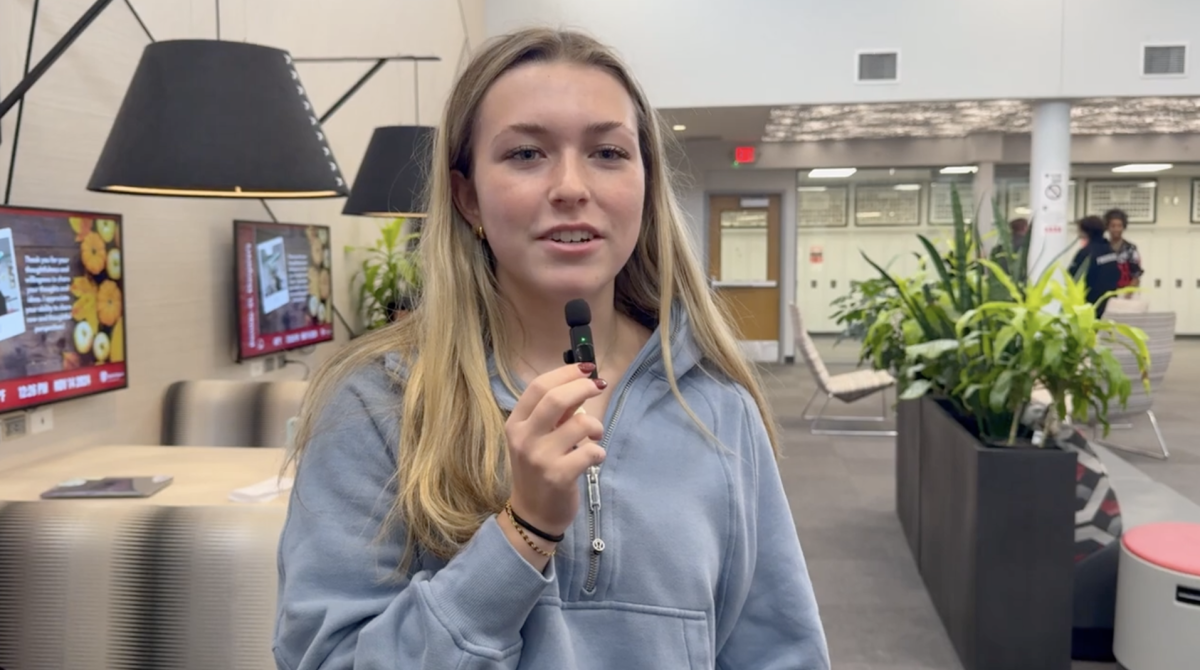In the time it takes to read this story, about 40 people will need blood. The need for it never goes away, so the blood drive on November 18 is the perfect opportunity to save a life.
A vast majority of students in attendance at Benilde-St. Margaret’s consider service as a large part of their lives, but a lot of teenagers never look at blood donation as a service option. What greater service can you do for someone than saving their life, especially if it’s through giving up something you don’t need in the first place?
The human body has about two pints of blood for every 25 pounds it carries. One unit of blood, which is one pint, is replaced in only three weeks. Last year between the two blood drives, 120 units of blood were collected, blood that potentially saved 360 lives. With all the people in need, it’s quite silly not to give blood.
With blood donation, people have fears that they will become exhausted, but the truth is that people generally return to normal activity in 24 hours, and endurance comes back within a week or so. One week of slight discomfort in exchange for saving someone’s life isn’t really an exchange at all.
At the end of a donation a donor gets to eat some goodies that Memorial Blood Centers brings along and they go back to class. In the half hour that you spend down at the auxiliary gym, you will have gotten out of class, eaten chips or cookies, and saved three lives. There are very few things you can do in that span of time that yields that many great benefits.
Another common fear held by people is giving blood puts the donor at risk for disease, but that’s not so. Giving blood is safe and easy; every donation uses a sterile needle. Before entering the donation station there is a health questionnaire that takes about 10 minutes to fill out to determine if you are eligible to give blood.
The simple requirements of donors are be of age 17 (or 16 with parental permission), be 110 pounds (130 pounds and 5 feet tall if 16), be free of a sickness/infection for at least 3 days, be of the appropriate hemoglobin level of 12.5, be free of a recent tattoo or piercing dating within the last 6 months, and be free of travel to places with high risks of infectious diseases dating within the last 6 months, with some other assorted things as well.
If a potential donor passes the health screening, they go to the hydration table. There donors drink two little bottles of water, and when finished, a phlebotomist comes over and leads them to a chair. They stick the needle into the donor’s arm and that’s it. If a donor happens to do a Double Red donation, there is also a free t-shirt involved.
Simply being afraid of needles or the sight of blood is not an excuse to not donate. There are too many benefits to this selfless act to just not do it on the basis of the foreknowledge that it may hurt a little.

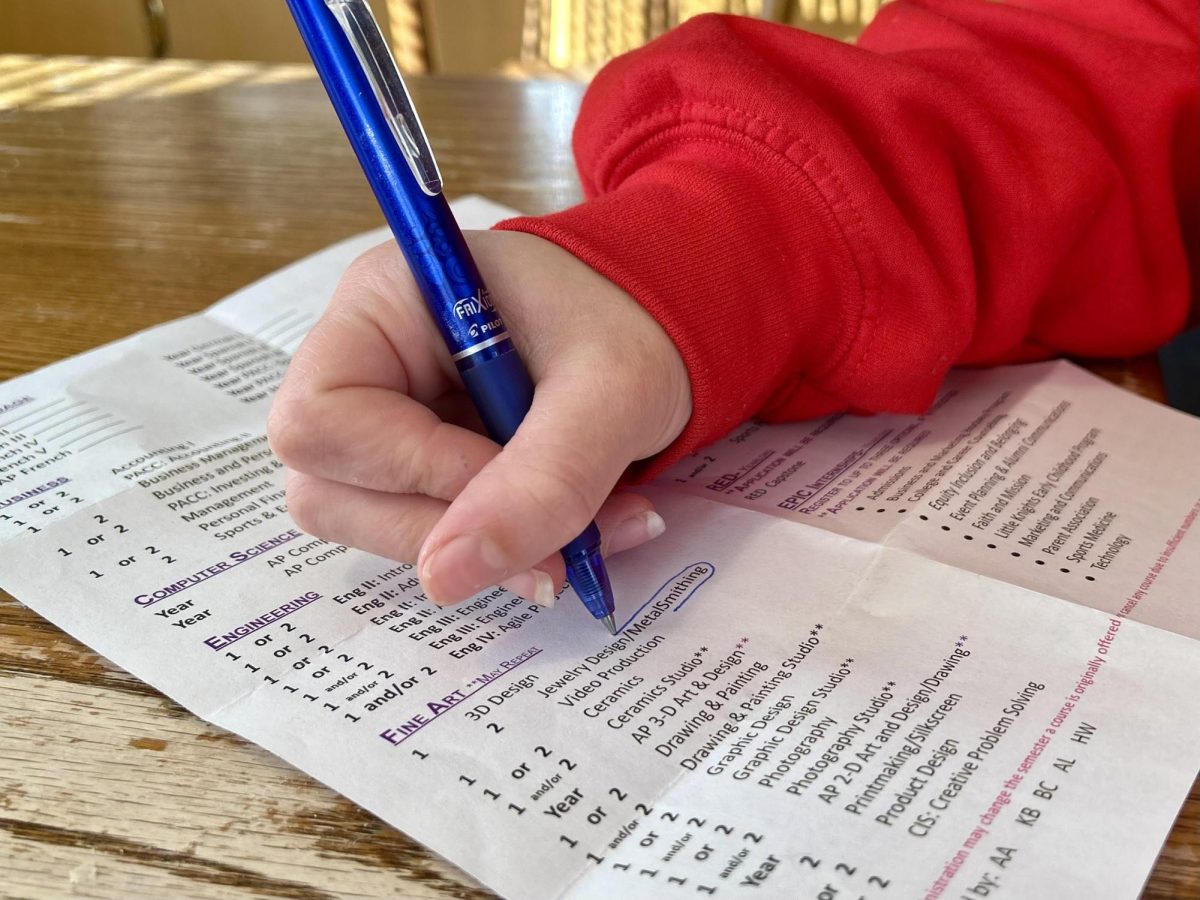
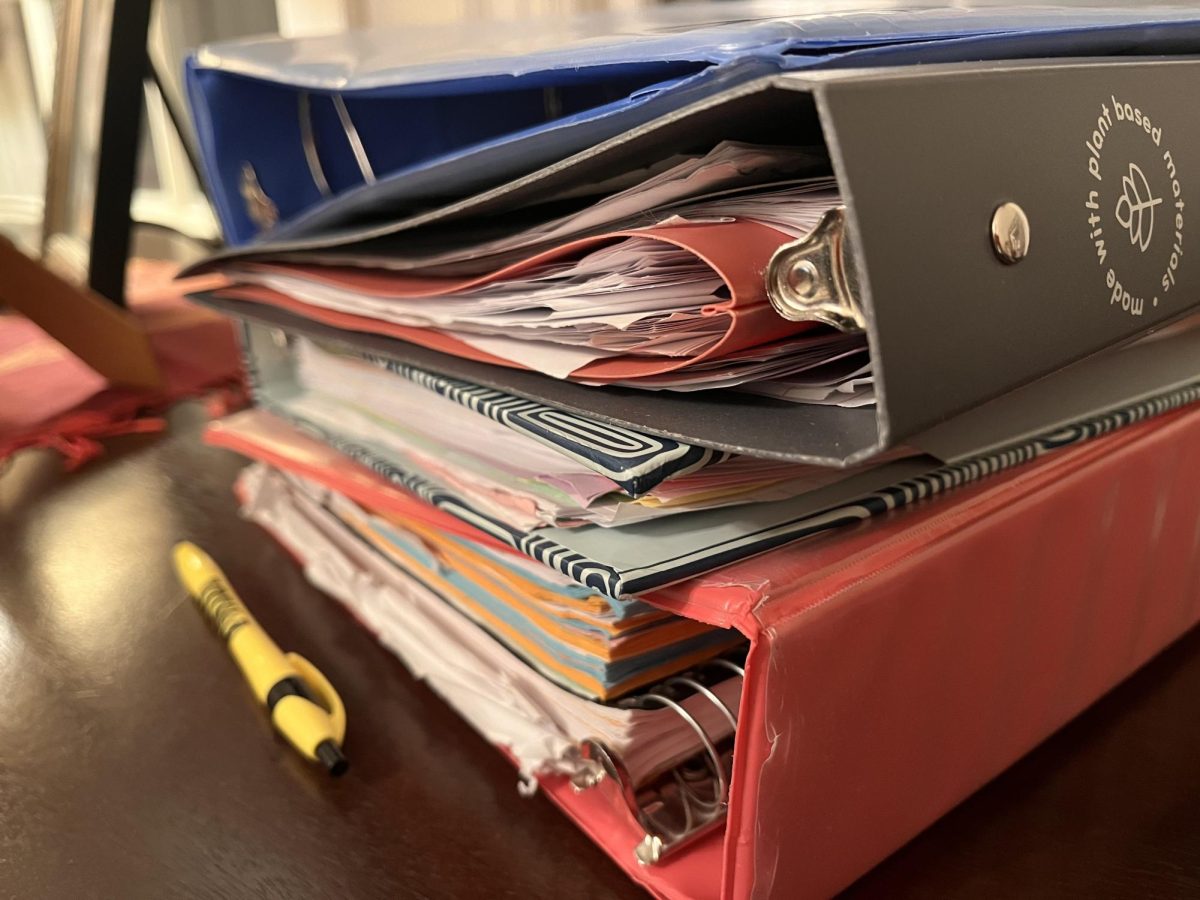

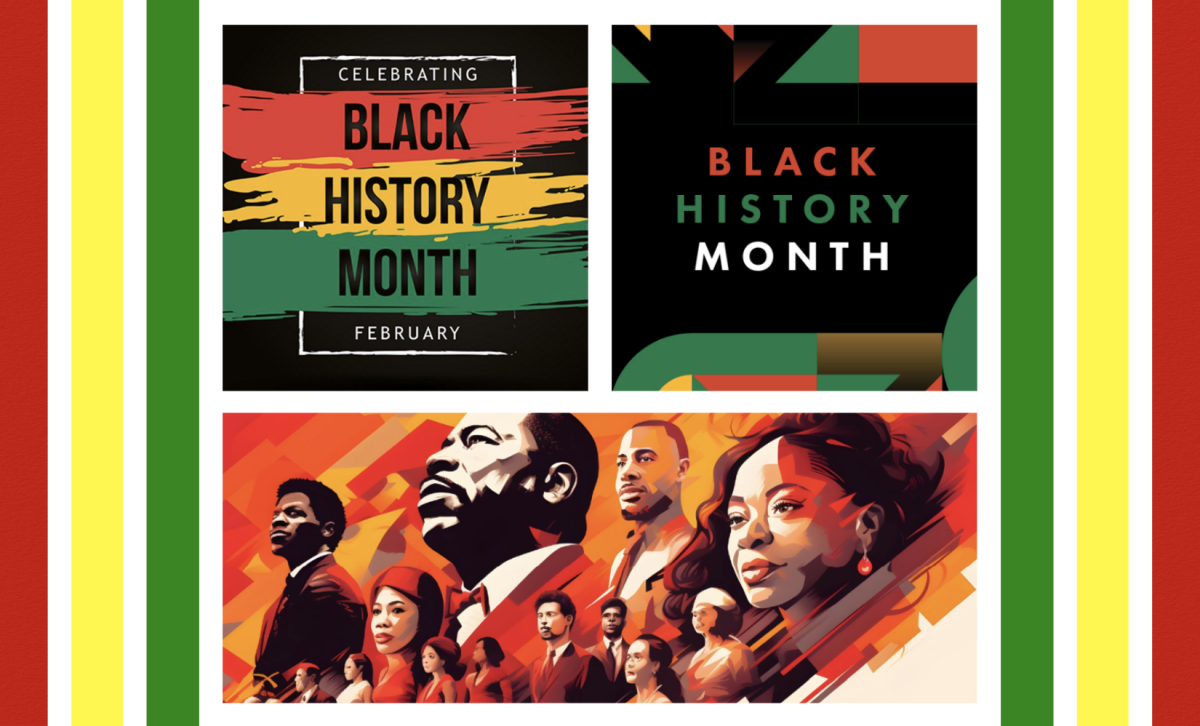
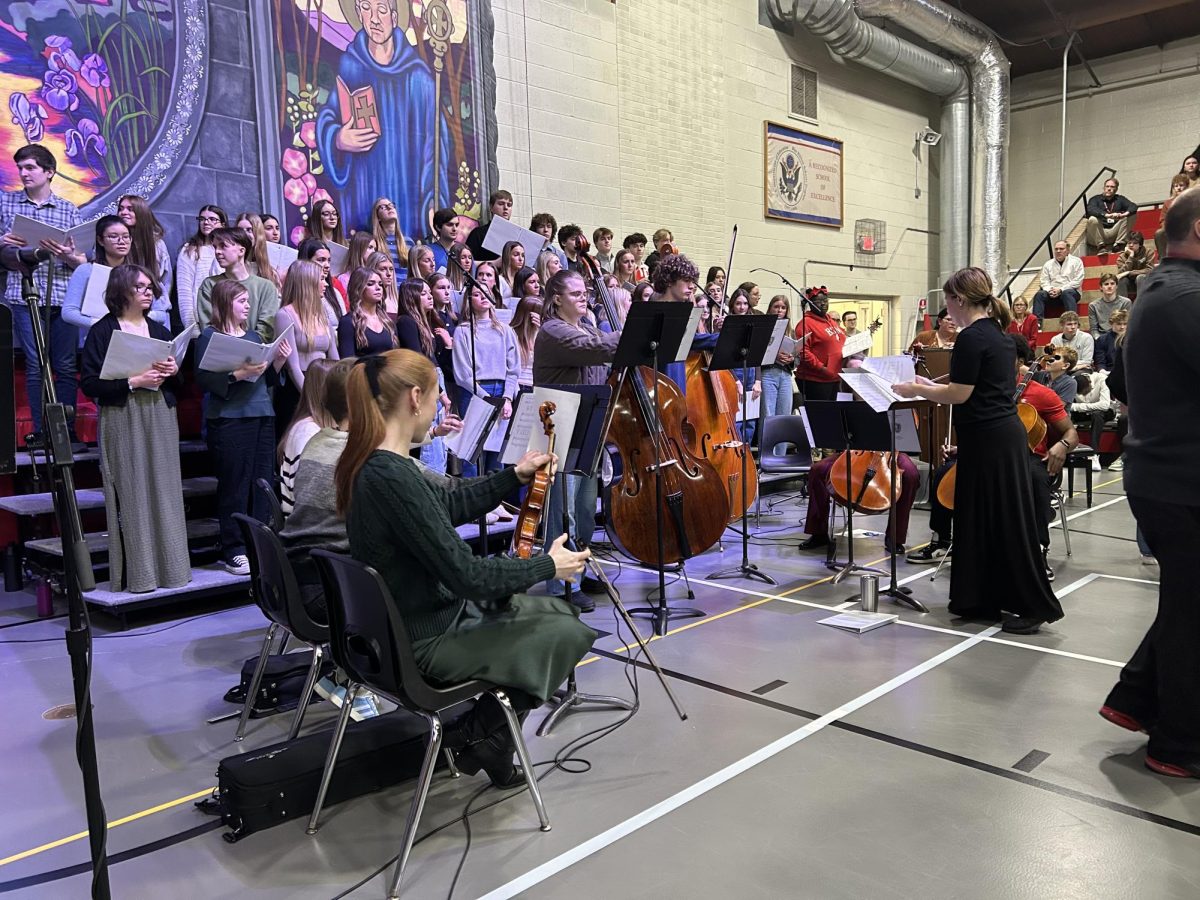
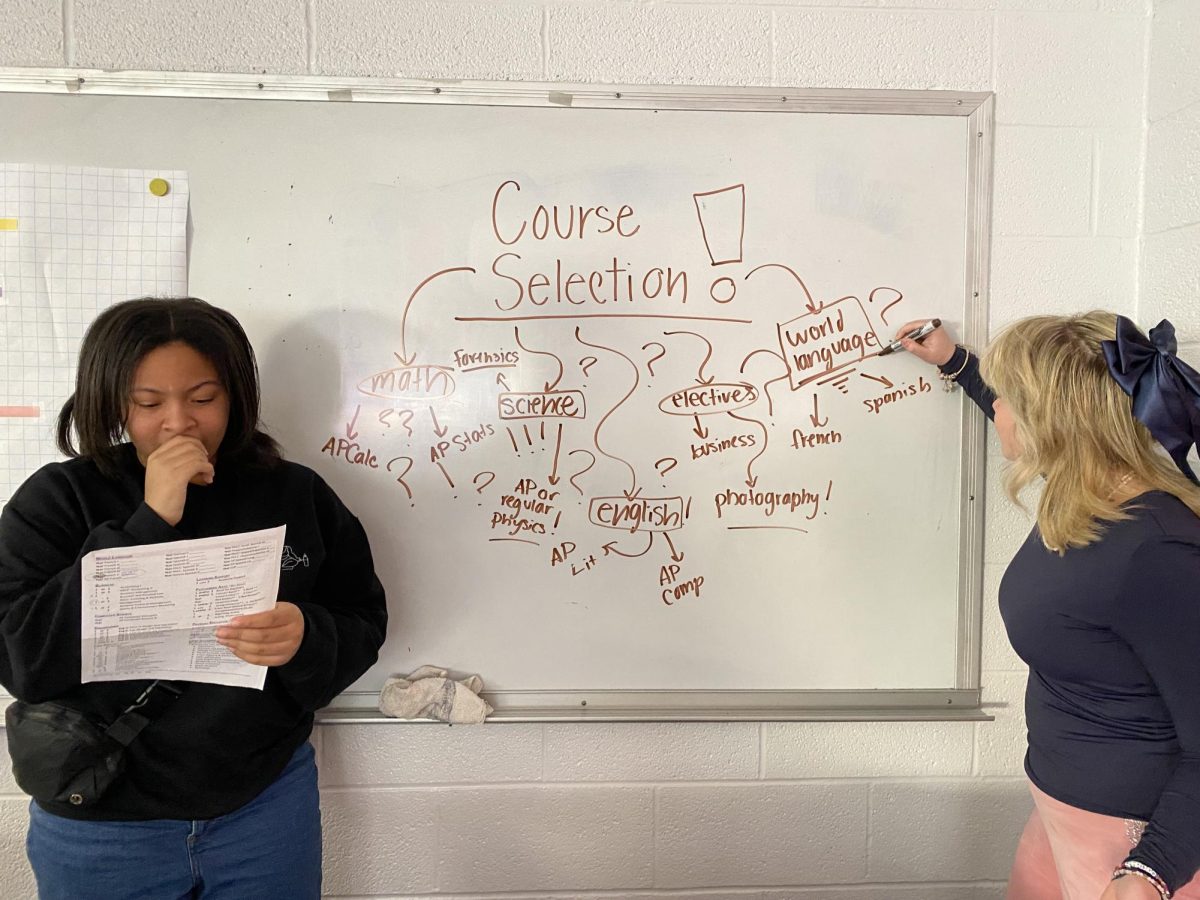
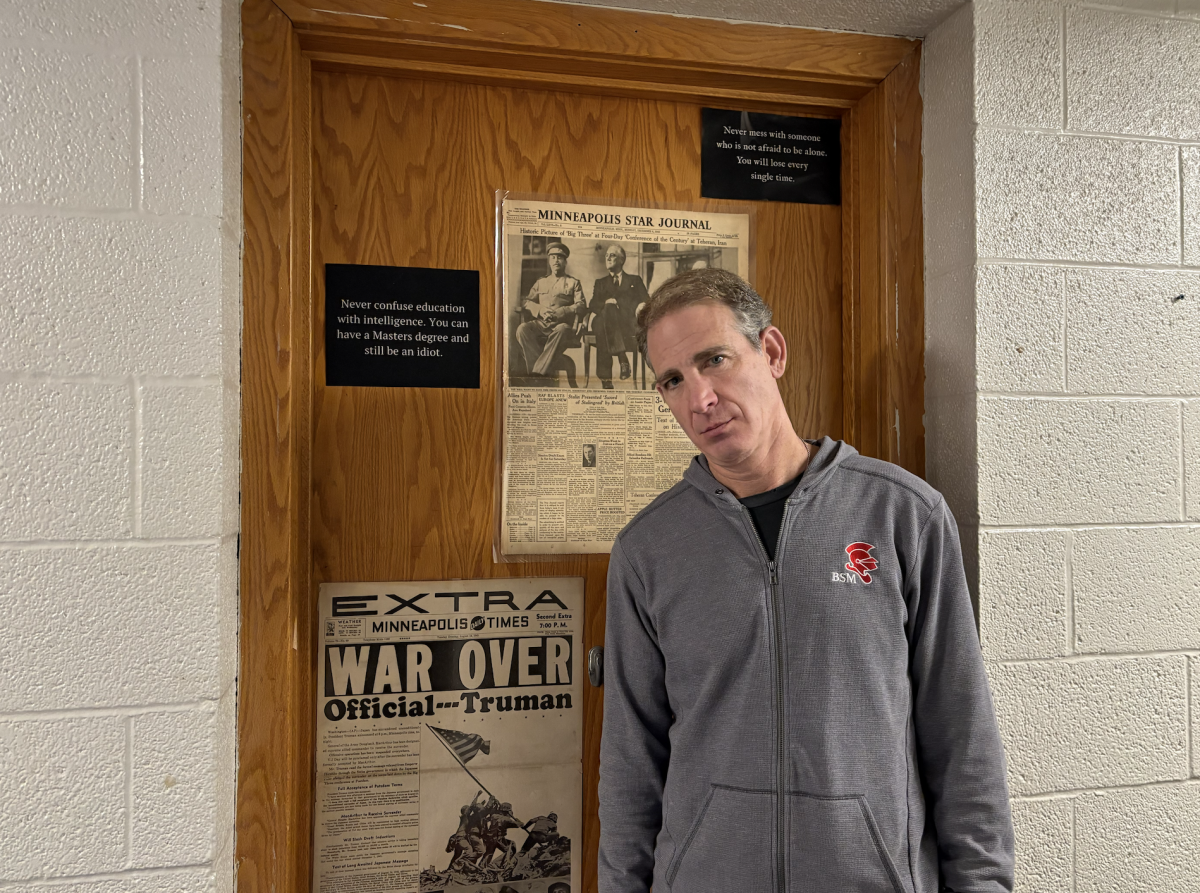
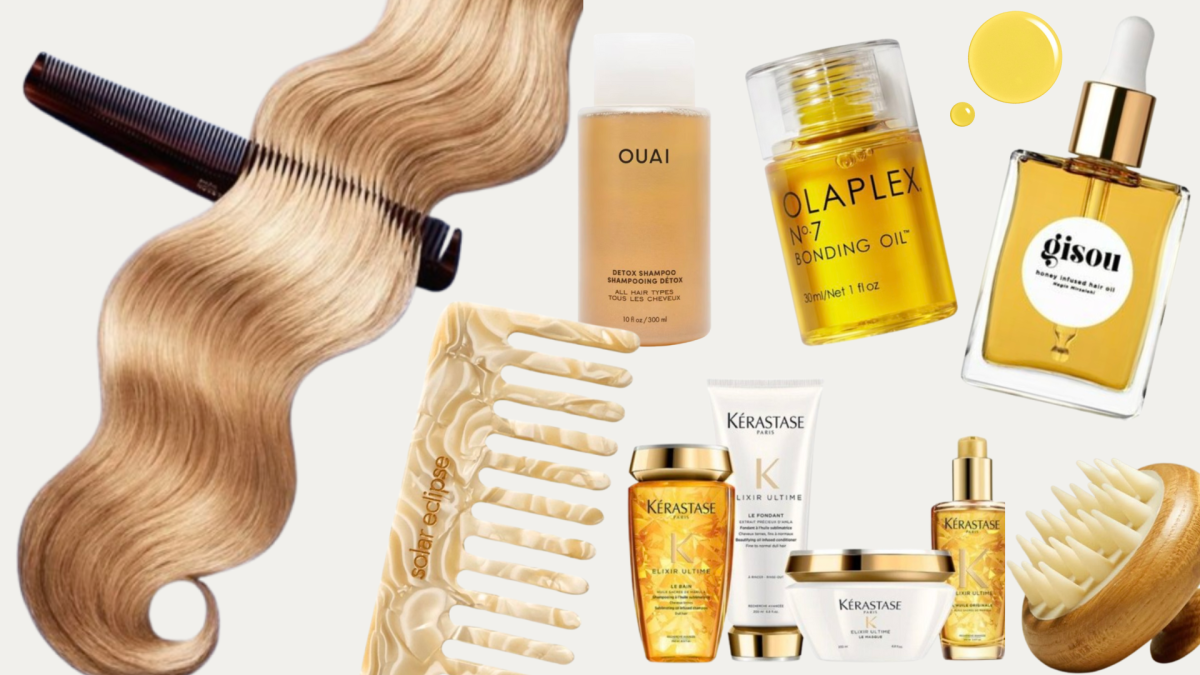
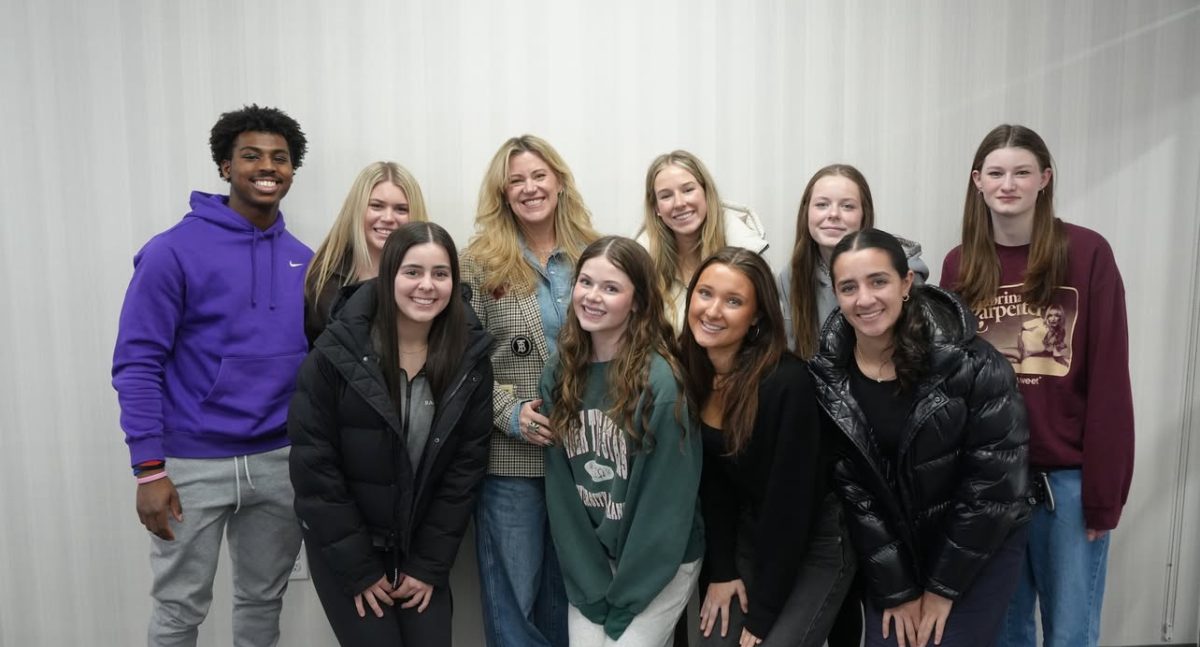



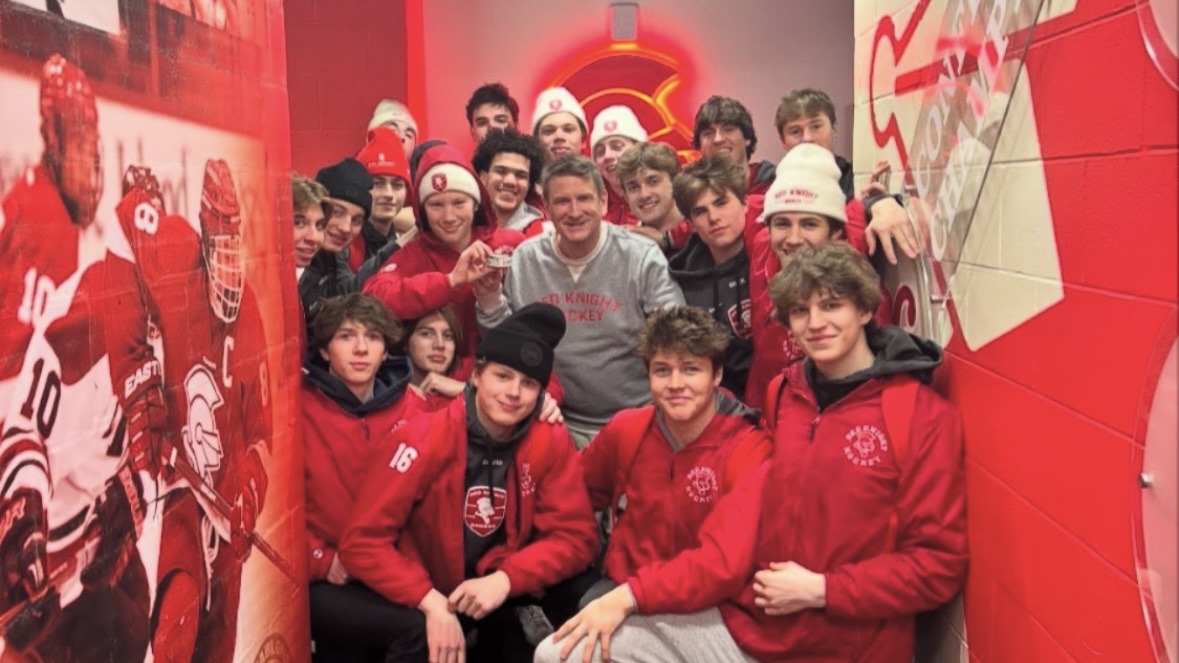
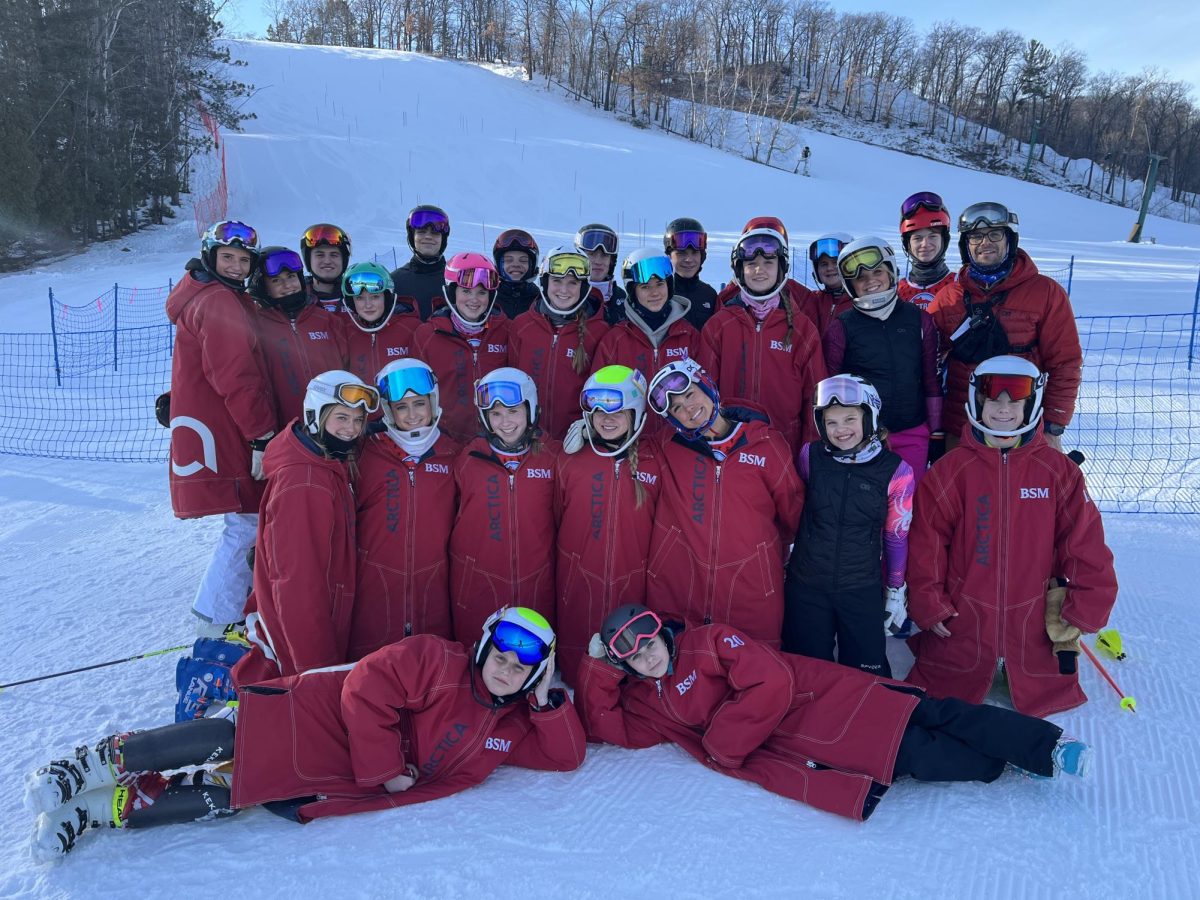
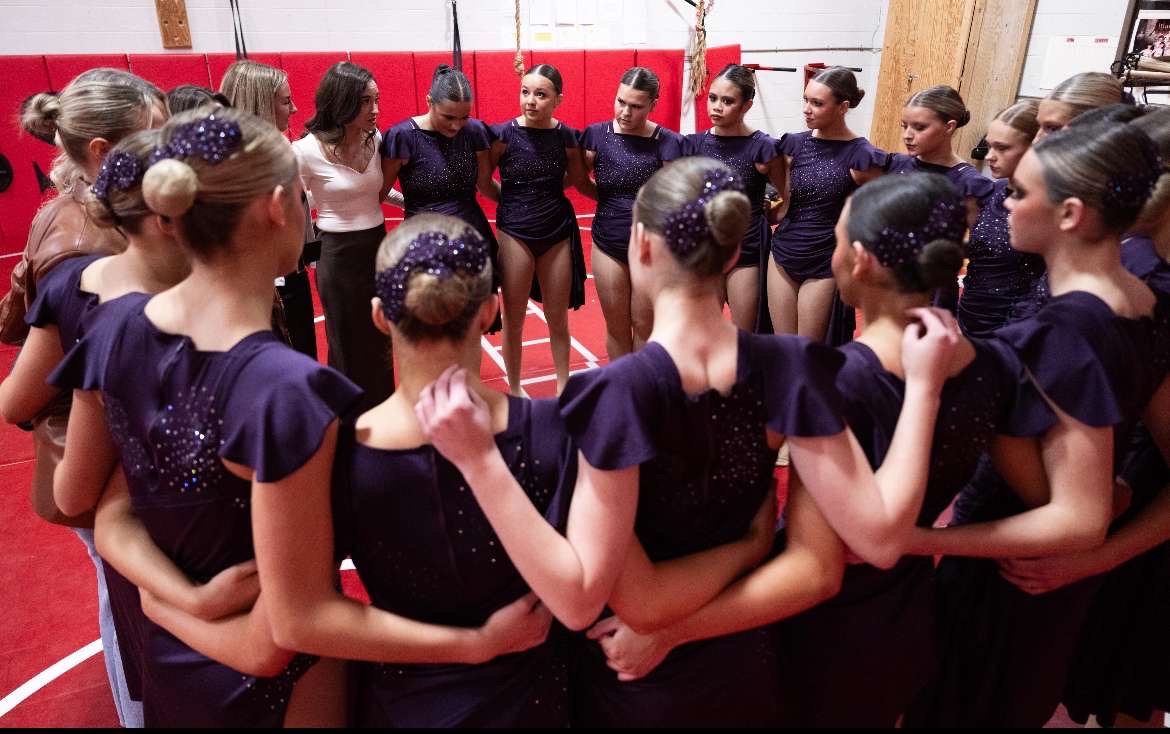



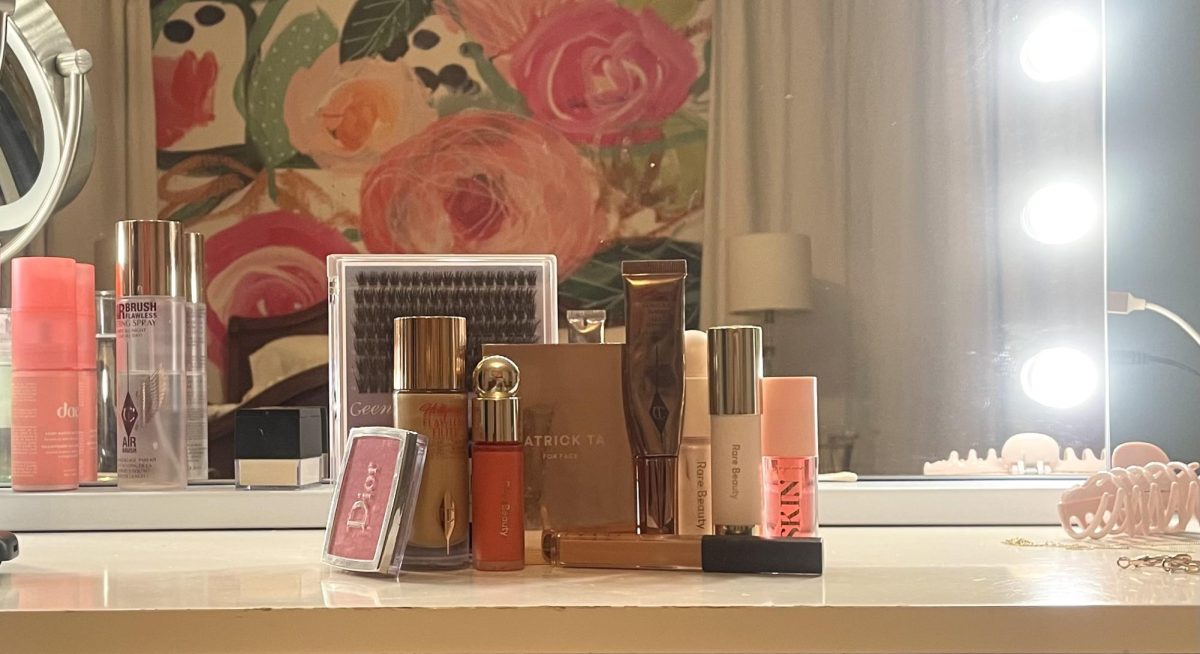



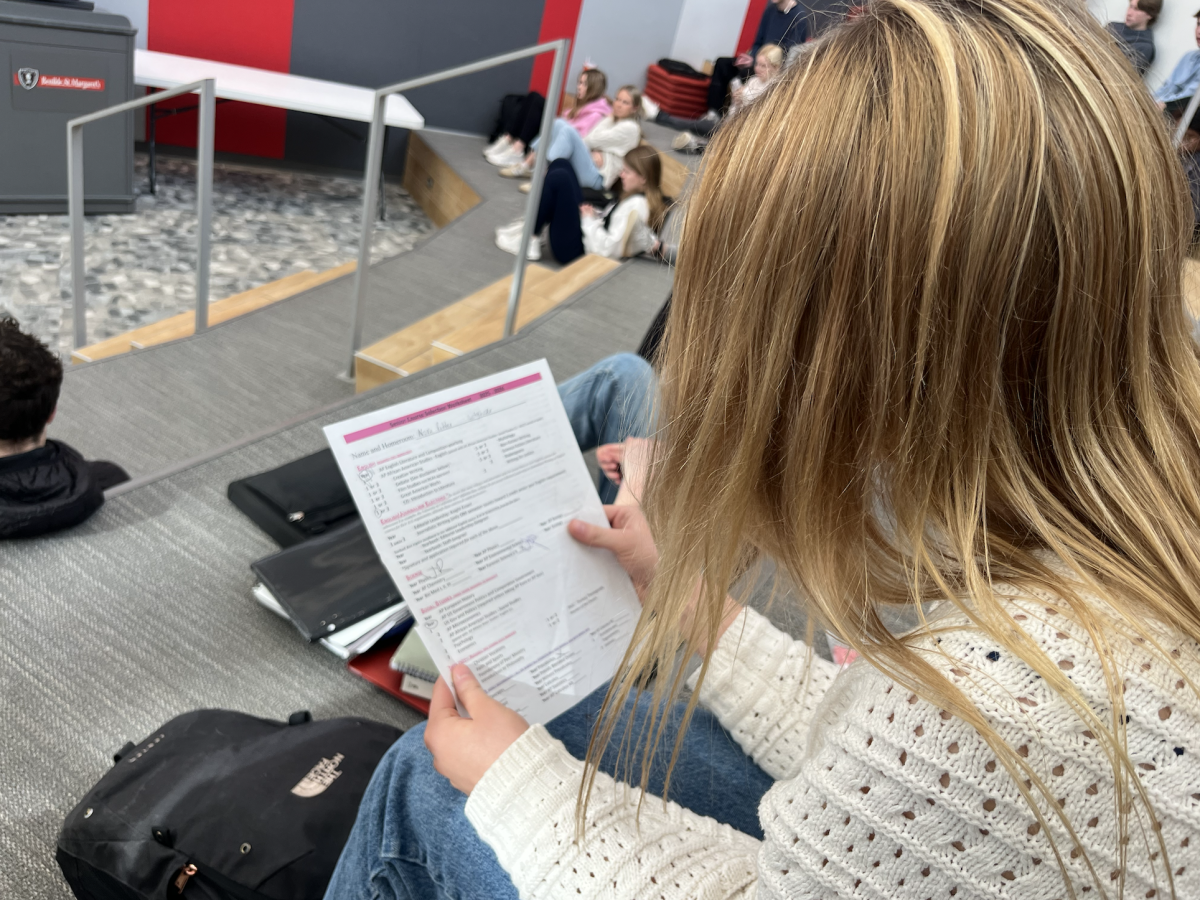
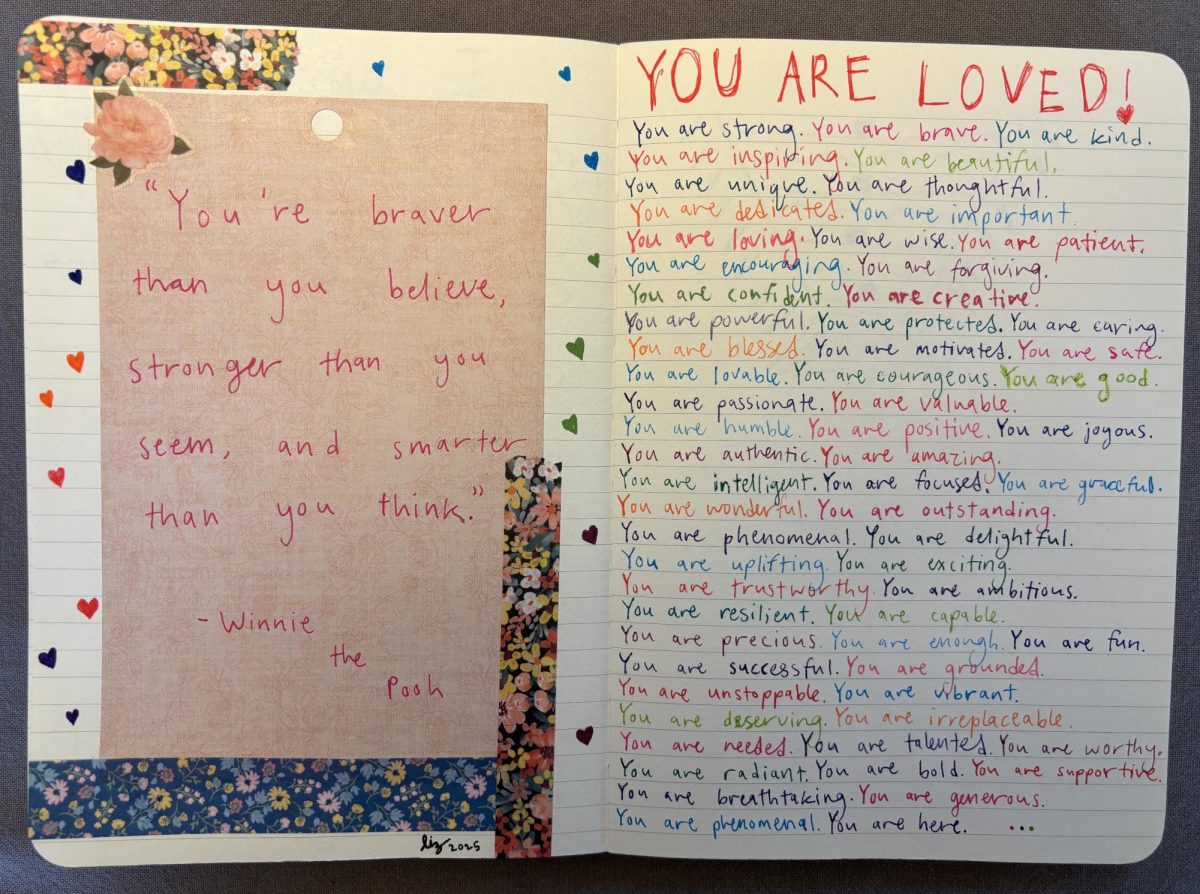
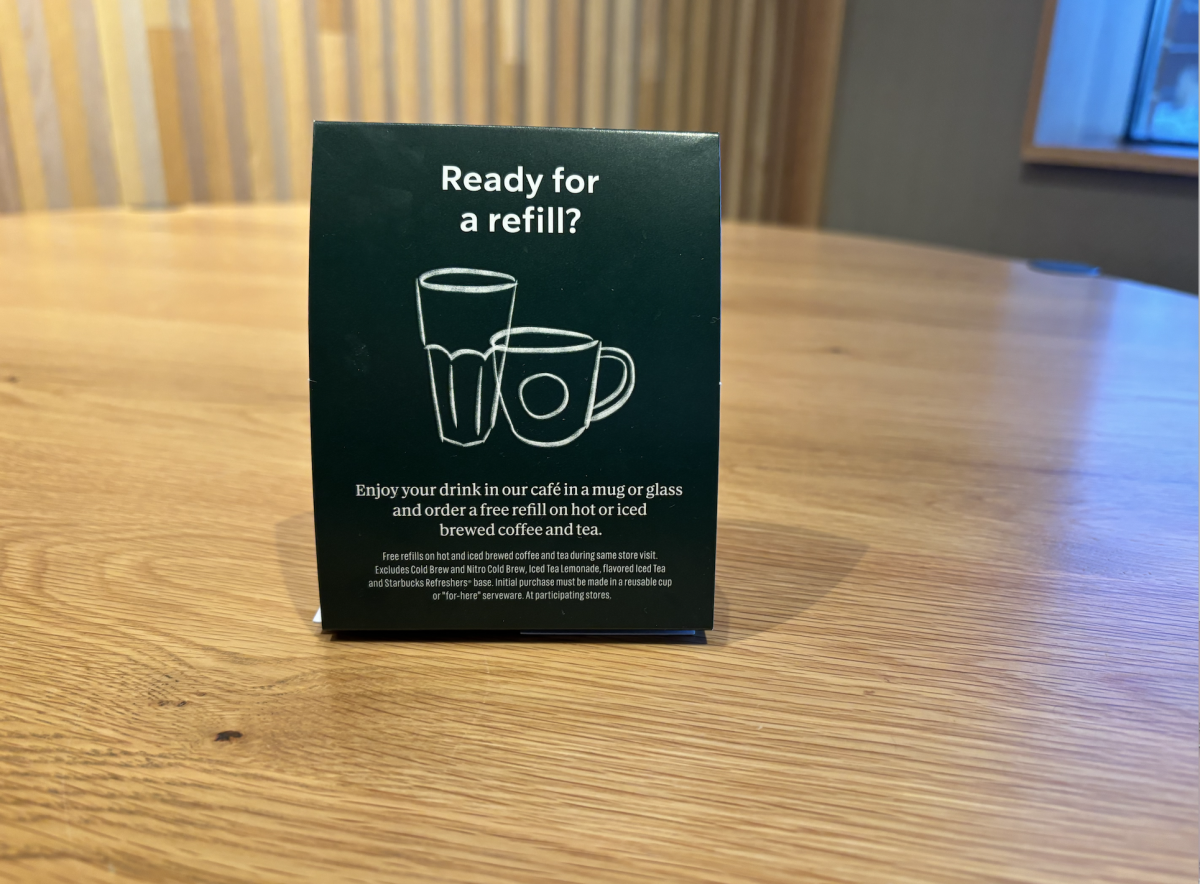


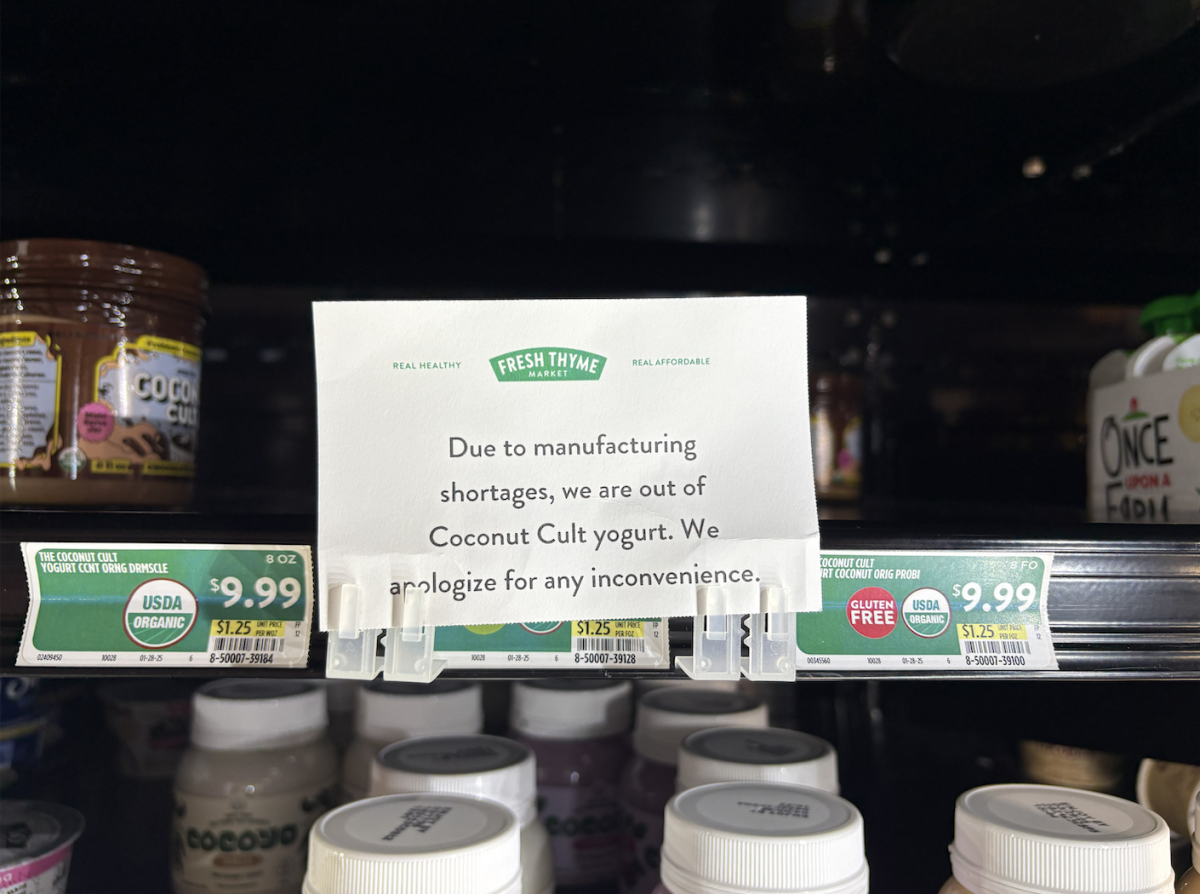
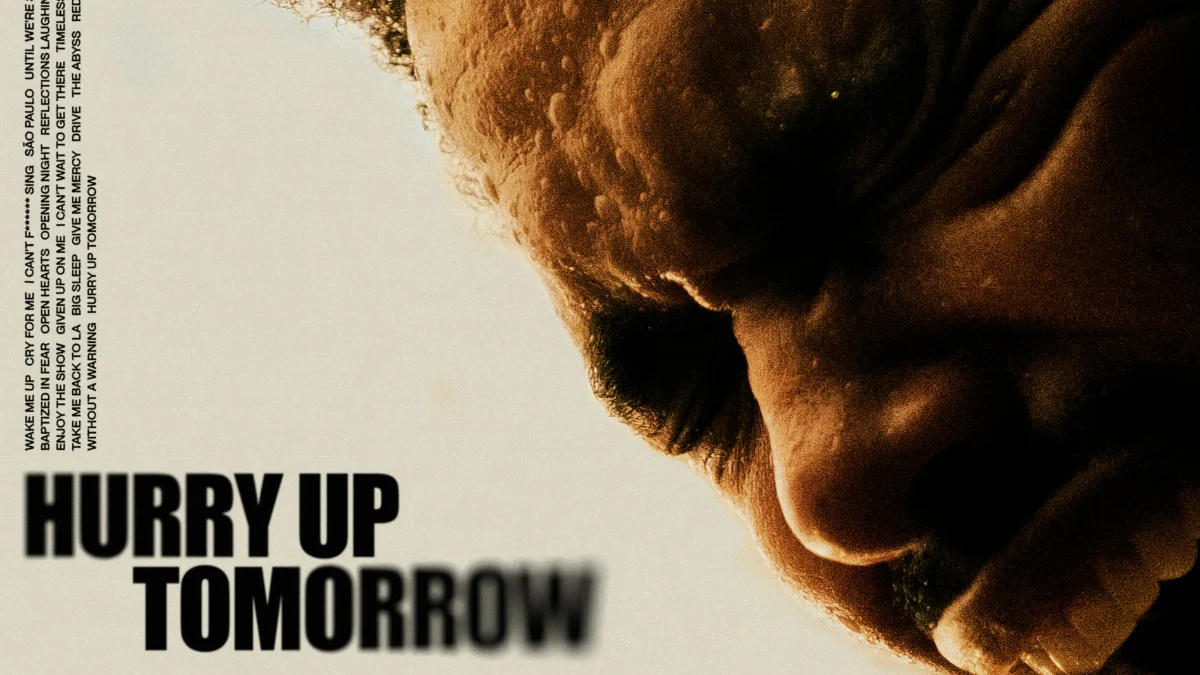





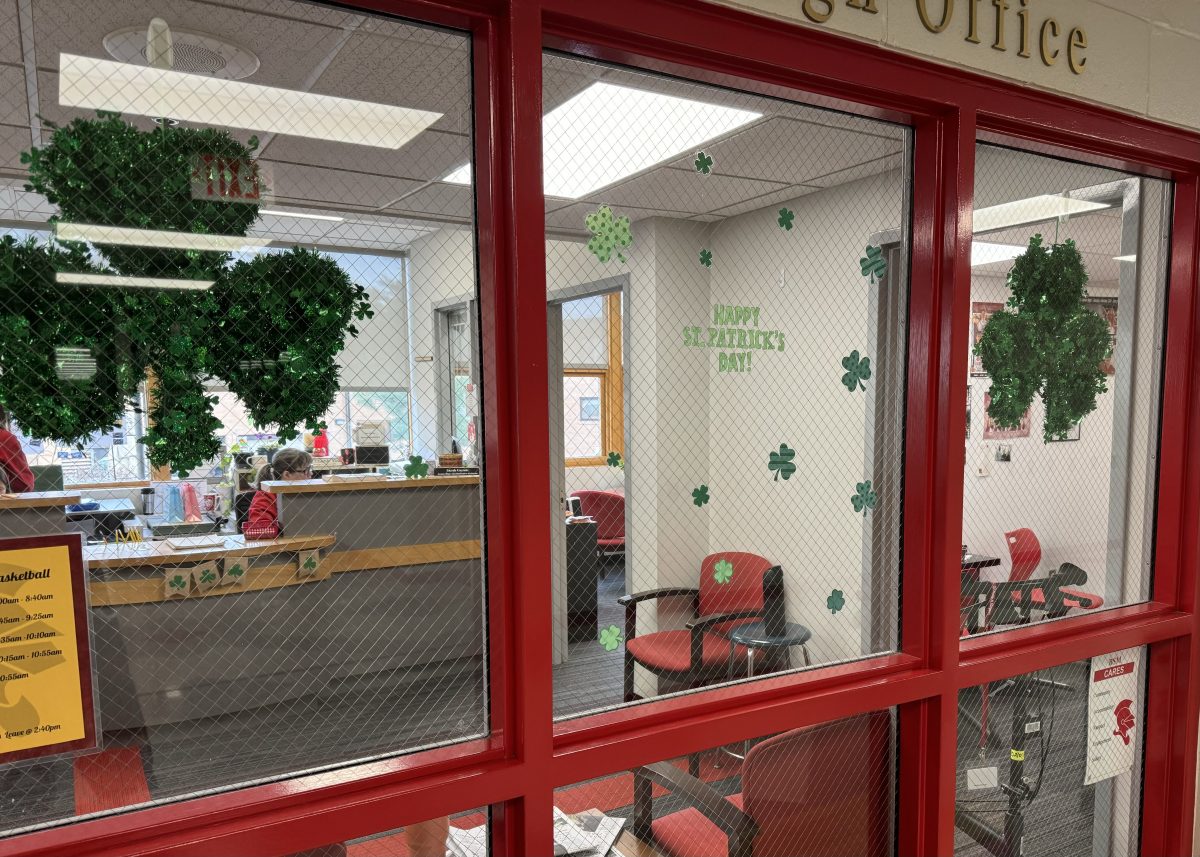
![Teacher Lore: Mr. Henderson [Podcast]](https://bsmknighterrant.org/wp-content/uploads/2025/03/teacherlorelogo-1200x685.png)


